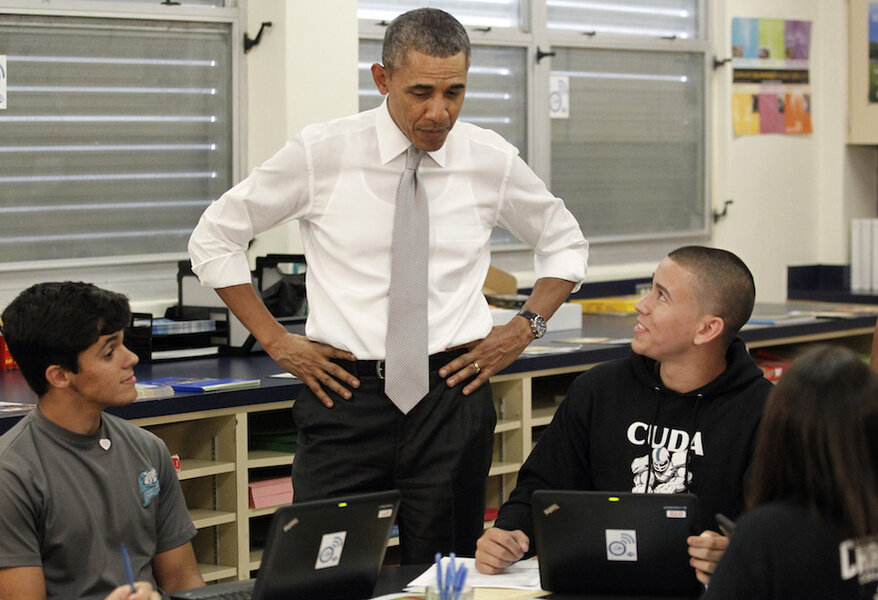FSA ID replaces the FAFSA PIN
Loading...
The FAFSA PIN is officially dead. In its place, the Department of Education has launched the FSA ID. The new login performs many of the same functions as its predecessor, but there are also a few differences.
Here’s what you need to know about the new federal student aid login credentials.
What is the FSA ID?
Your FSA ID consists of two elements — a username and a password — that you and your parents will use to log in to federal student aid websites, such as fafsa.gov, studentloans.gov, theNational Student Loan Data System and My Federal Student Aid. You’ll also use it to electronically sign the FAFSA and promissory notes, and signal the completion of entrance and exit counseling.
It’s a security upgrade from the FAFSA PIN, which required your last name, birth date and Social Security number along with the four-digit code.
Do I need an FSA ID?
You don’t need an FSA ID to fill out the FAFSA, but you do need one to sign and submit the form electronically. Without one, you’ll need to print, sign and mail the FAFSA signature page to submit your application, a much longer process.
You also need an FSA ID to access your student loan records and make changes to your FAFSA online. This is true even if you have a PIN.
How do I get an FSA ID?
To create an FSA ID, simply visit the Federal Student Aid website. You’ll need to provide an email address, select a username and password, and enter your full name, date of birth and Social Security number.
When should I get an FSA ID?
You can apply for an FSA ID at any time, so no need to wait until you fill out your FAFSA. If you do wait until then, however, you will be prompted to apply for one before you submit the form.
Is my FSA ID activated immediately?
Yes and no. You can use your FSA ID right away to sign and submit your FAFSA electronically, but you’ll need to wait a few days to use it for other purposes, such as signing a promissory note. If you already have a FAFSA PIN, though, you can link it to your new FSA ID and start using the ID right away.
Do parents need an FSA ID?
If you’re applying for financial aid as a dependent, one of your parents will be required to sign the FAFSA. In that case, he or she needs a unique FSA ID to sign electronically. Not sure if you’re considered dependent or independent? Check out this flowchartfrom the Department of Education.
What if I forget my username or password?
No problem. Just go to the login page on any of the federal student loan websites and select “Forgot Username” or “Forgot Password” to reset your credentials. From there, you can either answer three challenge questions or request a secure code. If you choose the latter, the code will be sent to the email provided when you created your FSA ID.
Can I change my FSA ID information?
Yes. And you should update your details as soon as possible if your email, mailing address or contact phone number changes. Just visit the Federal Student Aid website and select “Edit My FSA ID.” You can also use this tab to update your challenge questions, change your password or disable or enable your FSA ID.
Does my FSA ID expire?
Your username does not expire. But your password expires every 18 months, unless you change it more often.
This article first appeared at NerdWallet.







